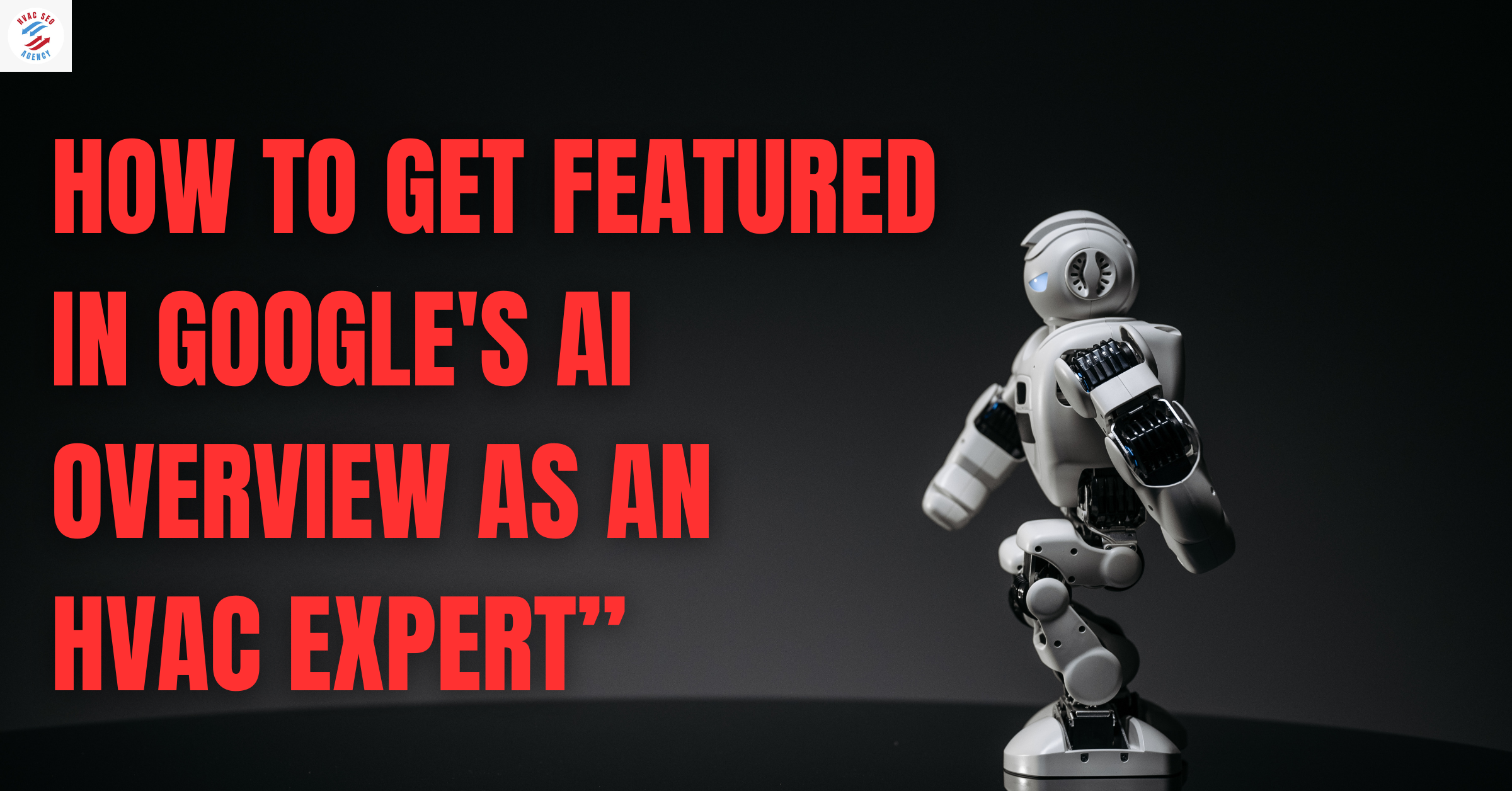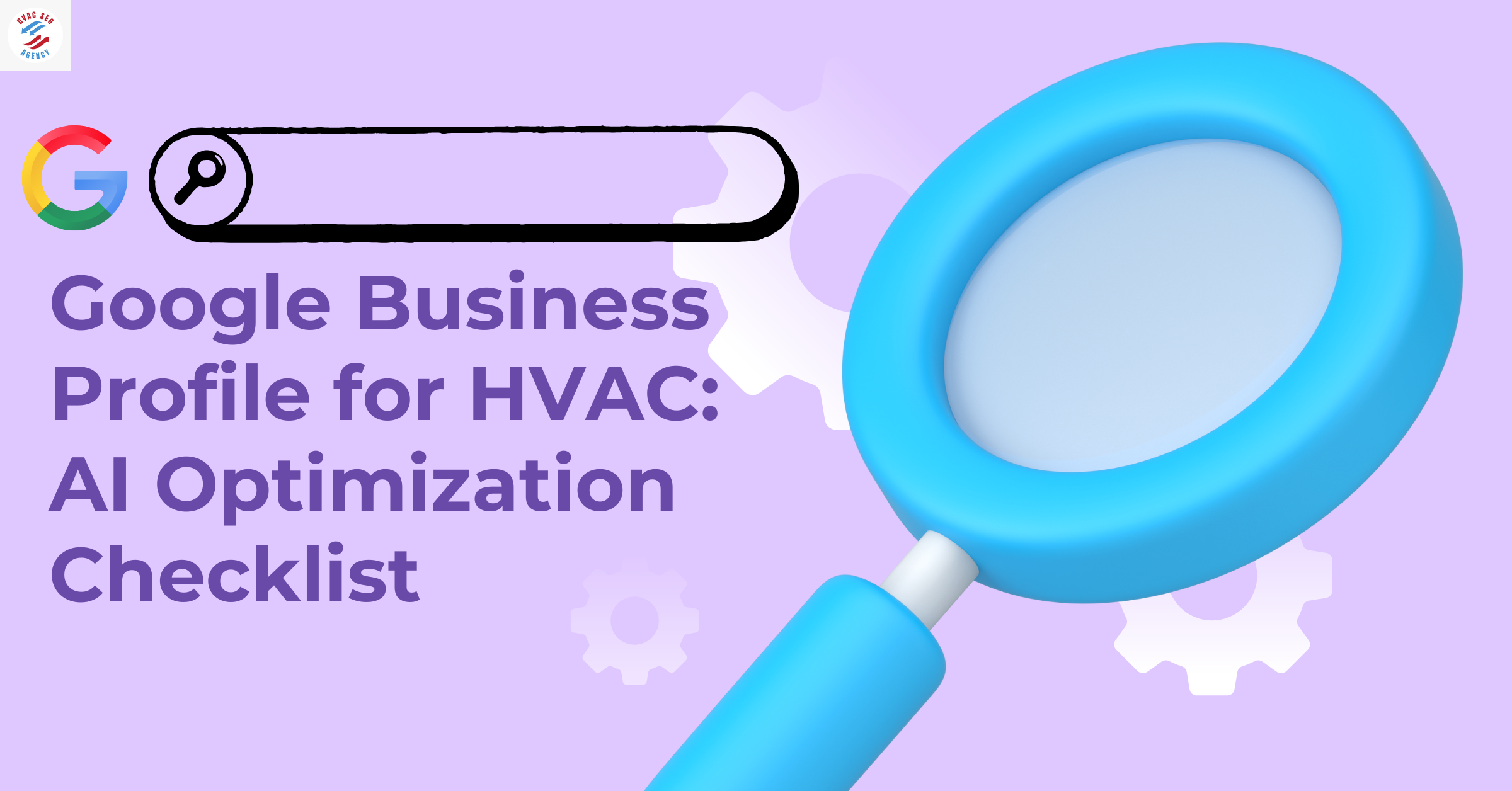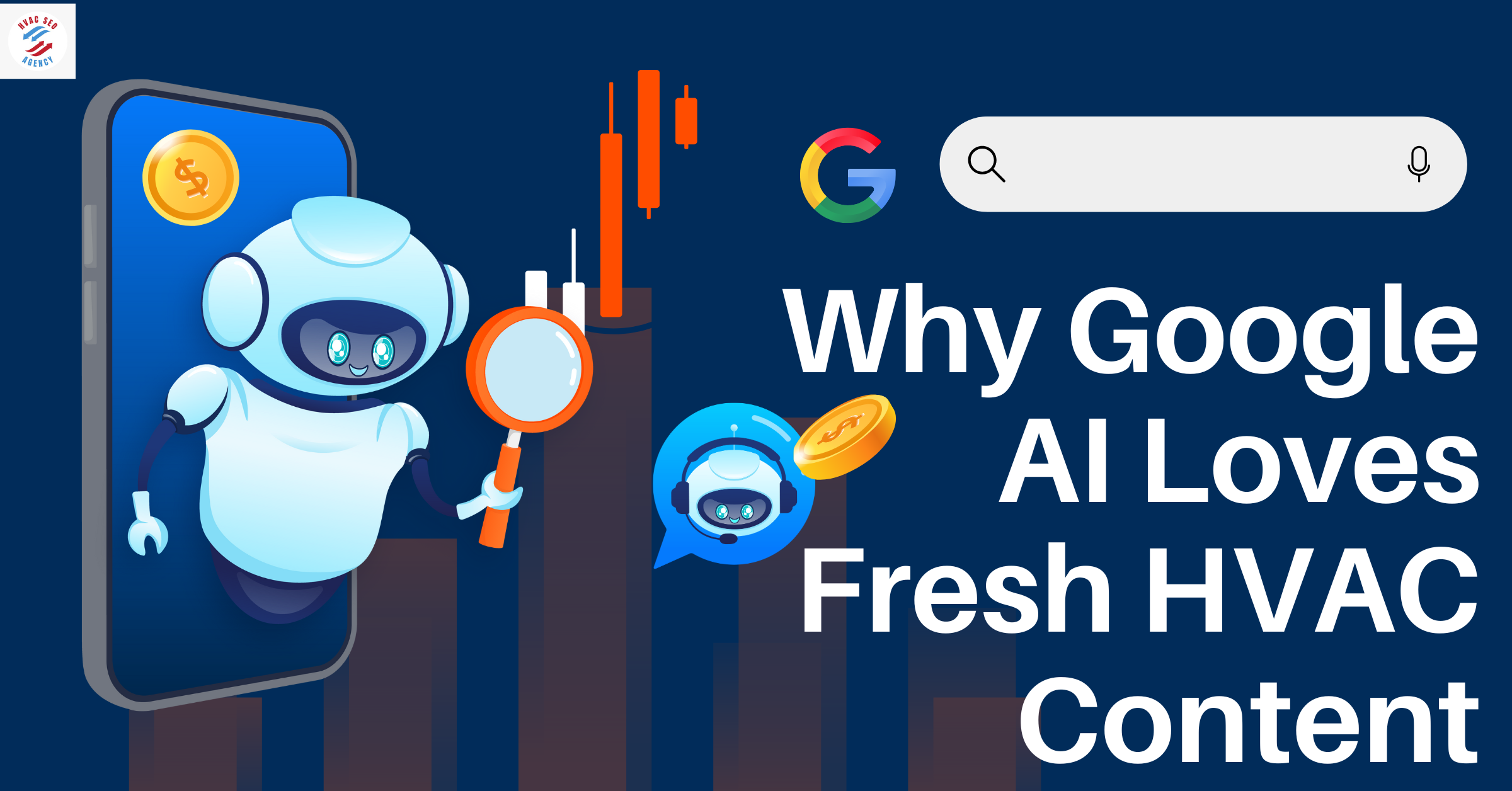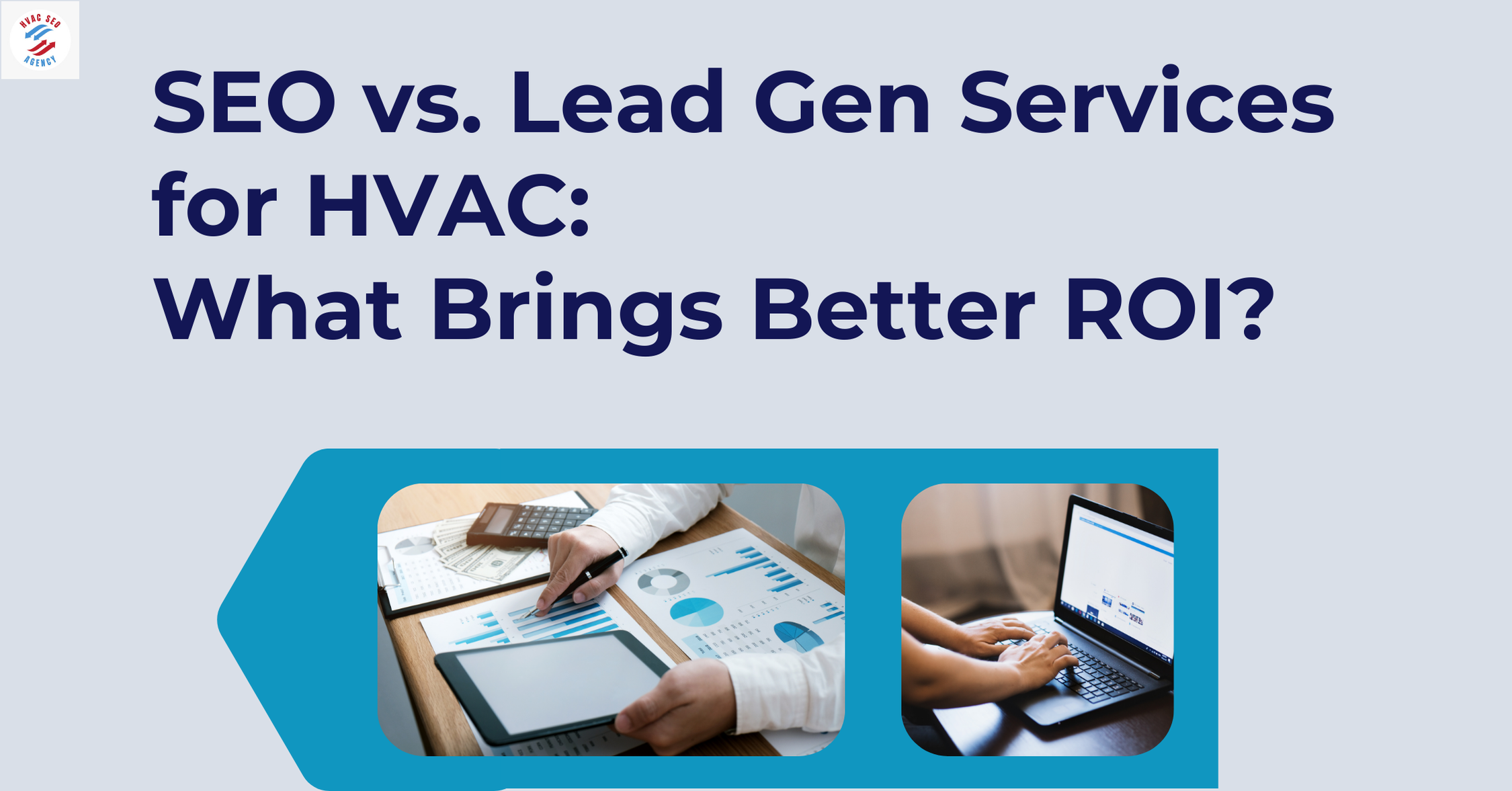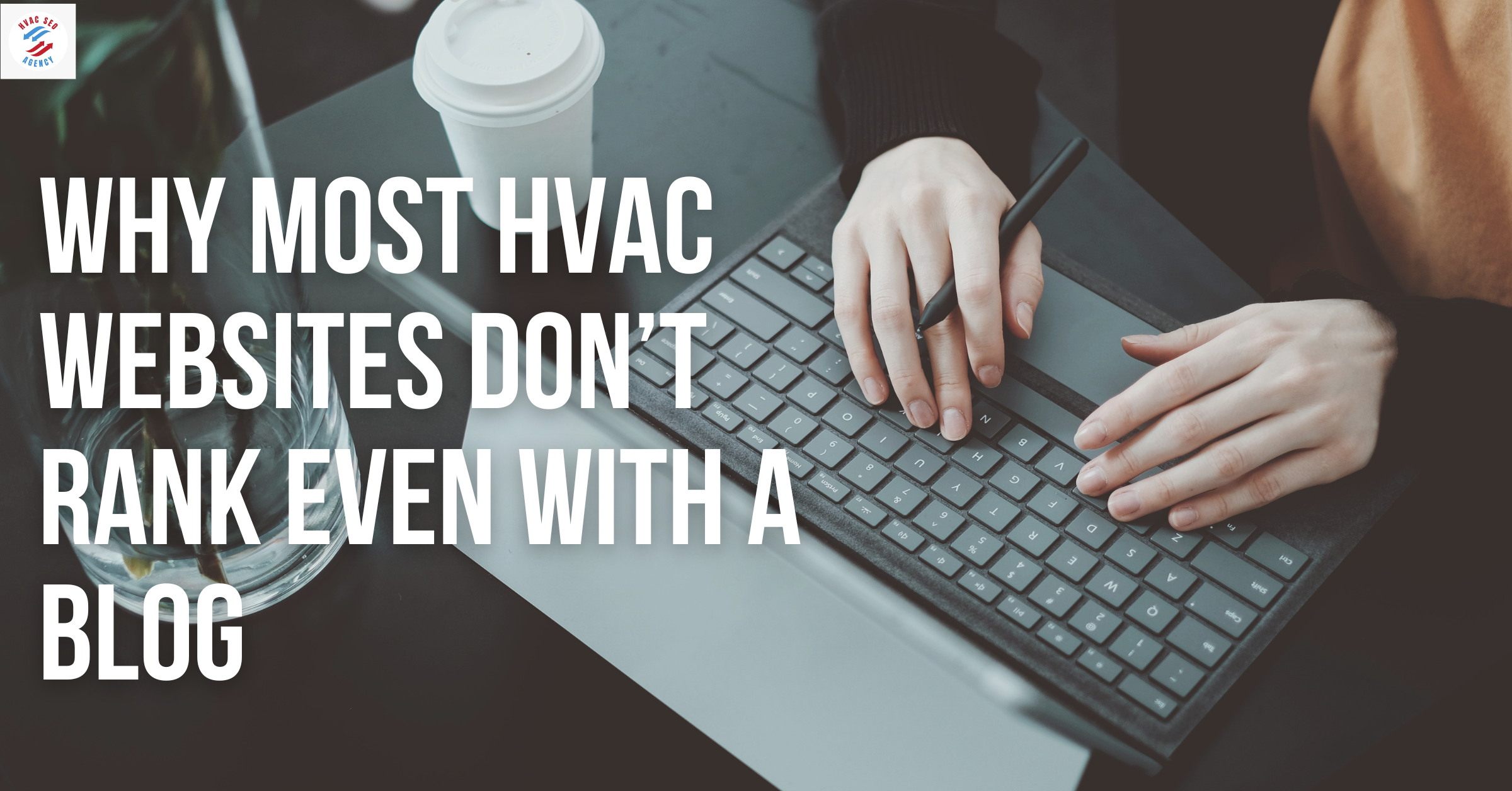HVAC Service Pricing: How to Set Profitable Rates Without Losing Customers

Pricing HVAC services effectively is crucial for maintaining profitability while remaining competitive in the market. This comprehensive guide explores various factors influencing HVAC service pricing, including labor costs, equipment expenses, and market demand. By understanding these elements, HVAC contractors can set rates that ensure business sustainability and customer satisfaction.
Understanding HVAC Service Pricing
Factors Influencing HVAC Service Pricing
Labor Costs: Labor is a significant component of HVAC service pricing. As of February 2025, HVAC contractors in the United States earn an average hourly wage of $30, with a typical range between $26 and $34 per hour.
Equipment and Material Costs: The cost of HVAC equipment has seen a notable increase. The Producer Price Index for HVAC and commercial refrigeration equipment rose to 222.276 in January 2025, indicating a steady upward trend in equipment prices.
Overhead Expenses: These include operational costs such as utilities, rent, insurance, and administrative expenses, all contributing to the overall service pricing.
Market Demand and Competition: High demand periods can justify higher pricing, while increased competition may necessitate more competitive rates.
Geographical Location: Regional economic conditions and cost of living can significantly impact HVAC service pricing.
Average HVAC Contractor Rates in the USA
Understanding national averages helps in benchmarking and setting competitive prices.
These figures provide a baseline; however, actual rates may vary based on specific circumstances and regional factors.
The Impact of Rising Equipment Costs on Service Pricing
The HVAC industry has experienced significant cost increases in equipment and materials. Over the past six months, HVAC pricing has risen by more than 80%, with prices on asset components and facility management parts up by 12–15% on average.
This surge in costs necessitates that HVAC contractors adjust their service pricing accordingly to maintain profitability.
Graph: Producer Price Index for HVAC Equipment (2003–2025)
Source: U.S. Bureau of Labor Statistics
This graph illustrates the upward trend in HVAC equipment prices over the past two decades, highlighting the need for contractors to regularly reassess their pricing strategies.
Cost Components of HVAC Service Pricing
1. Labor Costs and Technician Wages
Labor is one of the most significant factors in HVAC service Calls for pricing. Skilled technicians, certifications, and experience levels influence how much contractors must pay for labor.
Average HVAC Technician Wages in the USA (2025)
Source: U.S. Bureau of Labor Statistics (2025)
HVAC companies need to ensure their pricing accounts for wages, training, benefits, and insurance costs to maintain profitability.
2. Equipment and Material Costs
HVAC equipment costs have risen due to supply chain disruptions, raw material price hikes, and increasing demand.
Table: Cost of Common HVAC Equipment (2025)
Source: AHRI & HVAC Industry Reports (2025)
Rising material costs necessitate periodic price adjustments in HVAC services to avoid reduced profit margins.
3. Overhead Expenses and Operational Costs
Beyond direct costs, businesses must cover expenses such as:
Office rent & utilities
Fleet maintenance (work vehicles, fuel, insurance)
Liability insurance & worker’s compensation
Marketing & customer acquisition (SEO, PPC, etc.)
Graph: Percentage Breakdown of HVAC Business Costs (2025)
I'll generate a visual representation of cost allocation.
Pricing Models for HVAC Services
Choosing the right pricing model is crucial for maximizing revenue while ensuring customers perceive value in your HVAC services. Below are the most effective pricing strategies used in the HVAC industry.
1. Time and Materials (T&M) Pricing
This model charges customers based on labor hours and material costs.
Formula for Time & Materials Pricing:
Total Price=(Hourly Labor Rate×Hours Worked)+Materials Cost+Markup\text{Total Price} = (\text{Hourly Labor Rate} \times \text{Hours Worked}) + \text{Materials Cost} + \text{Markup}Total Price=(Hourly Labor Rate×Hours Worked)+Materials Cost+Markup
Example Calculation
Pros: Transparent pricing, easy to calculate.
Cons: Customers may prefer fixed prices over unpredictable costs.
2. Value-Based Pricing
This model prices services based on the perceived value rather than just costs.
Example: How HVAC Value-Based Pricing Works
Basic AC Installation → $5,000 (standard price)
Premium AC Installation (Smart Thermostat, Energy-Efficient Unit, Extended Warranty) → $7,500
Pros: Maximizes profits by targeting high-value customers.
Cons: Requires strong branding and marketing efforts.
3. Subscription-Based Pricing
Many HVAC contractors now offer service plans to ensure recurring revenue.
Table: Example HVAC Maintenance Plans
Pros: Stable revenue stream, customer retention.
Cons: Requires ongoing service management.
Graph: Popularity of HVAC Pricing Models (2025)
I'll generate a bar chart comparing the adoption of different pricing models.
Competitive Pricing Strategies for HVAC Contractors
Setting the right price for HVAC services requires a balance between competitiveness and profitability. This section explores key strategies HVAC contractors can use to price services effectively without undercutting profits.
1. Market-Based Pricing
Market-based pricing involves analyzing competitors’ rates and adjusting pricing accordingly.
Table: Average HVAC Service Prices Across Different U.S. Regions (2025)
Source: HVAC Industry Market Reports (2025)
Pros: Keeps prices competitive in the local market.
Cons: May limit profitability if prices are too low.
2. Tiered Pricing Strategy
Tiered pricing allows businesses to offer different levels of service at different price points.
Example: HVAC Service Packages
Pros: Appeals to different customer budgets.
Cons: Requires clear value differentiation between tiers.
3. Seasonal Pricing Adjustments
HVAC service demand fluctuates based on seasons. Adjusting pricing accordingly can maximize revenue.
Graph: HVAC Service Demand by Season
I'll generate a line graph showing peak demand periods.
Maximizing Profit Margins in HVAC Service Pricing
Profitability in HVAC services depends on effective pricing strategies that cover costs while maintaining competitiveness. This section explores methods to maximize profit margins without losing customers.
1. Calculating the Right Profit Margin for HVAC Services
The ideal profit margin depends on factors like labor, materials, and overhead.
Formula for HVAC Profit Margin:
Profit Margin (%)=(Revenue−Total CostsRevenue)×100\text{Profit Margin (\%)} = \left( \frac{\text{Revenue} - \text{Total Costs}}{\text{Revenue}} \right) \times 100 Profit Margin (%)=(RevenueRevenue−Total Costs)×100
Table: Typical Profit Margins in the HVAC Industry (2025)
Target Profit Margin: HVAC contractors should aim for at least 30% profit margins to stay sustainable.
2. Upselling and Add-On Services
Increasing average ticket size can boost profitability.
Examples of Add-On Services to Increase Revenue
Smart thermostat installation ($300–$500 extra)
Extended warranties ($200–$600)
High-efficiency air filters ($50–$150)
Seasonal maintenance contracts ($200–$800 annually)
Key Strategy: Train technicians to educate customers on additional services that improve HVAC efficiency and lifespan.
3. Reducing Operational Costs Without Cutting Quality
Lowering costs while maintaining service quality improves profitability.
Graph: Cost Reduction Strategies and Their Impact on Profitability
I'll generate a bar chart showing the effectiveness of different cost-saving measures.
The Role of HVAC SEO in Optimizing Service Pricing and Profitability
Digital marketing, especially HVAC SEO, plays a crucial role in pricing strategy by improving customer acquisition, reducing marketing costs, and increasing service demand. A well-optimized Affordable HVAC SEO Agency in Houston can help contractors gain high-value leads and improve revenue.
1. How SEO Helps HVAC Businesses Charge Premium Prices
A strong online presence allows HVAC companies to position themselves as industry leaders, enabling higher pricing without losing customers.
Table: Impact of SEO on HVAC Service Pricing and Revenue
SEO helps attract customers willing to pay more for high-quality services.
2. Why HVAC Businesses Should Work with a Top HVAC Marketing Expert
Partnering with a Top HVAC Marketing Expert ensures better visibility and brand authority.
Benefits of HVAC SEO:
Higher search rankings → More visibility for premium-priced services.
Lower advertising costs → Reduces reliance on paid ads.
More organic leads → Quality leads who trust your brand.
Higher conversion rates → SEO leads have a 14.6% close rate, compared to 1.7% for outbound marketing (HubSpot, 2025).
3. Graph: Increase in HVAC Business Revenue with SEO
I'll generate a line graph showing the growth in revenue when HVAC businesses invest in SEO.
How to Balance Competitive Pricing and Profitability in HVAC Services
Setting the right price for HVAC services requires a balance between staying competitive and maintaining healthy profit margins. Pricing too low can lead to financial struggles, while pricing too high may drive customers away. This section provides a step-by-step strategy to optimize HVAC pricing while maximizing revenue.
1. Understanding the Market Demand for HVAC Services
The HVAC industry is highly seasonal, with peak demand occurring in summer and winter. Prices should be adjusted to reflect market demand fluctuations.
Table: HVAC Service Demand and Recommended Pricing Adjustments
2. The Impact of Cost Inflation on HVAC Service Pricing
The cost of materials, labor, and equipment has increased significantly over the past few years. HVAC contractors must update their pricing to reflect inflation while remaining affordable.
Graph: Rising HVAC Equipment Costs Over Time
I'll generate a bar chart to visualize the trend of increasing equipment costs over the years.
To remain competitive and profitable, HVAC businesses must use a combination of cost-cutting techniques, upselling strategies, and optimized pricing models. Below are the most effective approaches:
A. Bundle Services for Higher Perceived Value
Bundling multiple services together can increase revenue without raising individual service prices too high.
Example: HVAC Service Bundling
Why It Works: Customers perceive higher value when multiple services are combined at a slight discount.
B. Offer Financing Options for High-Ticket HVAC Services
Many homeowners struggle to pay thousands of dollars upfront for new HVAC installations. Offering financing plans can increase conversion rates and enable higher pricing.
Key Benefits of HVAC Financing:
Increases affordability for customers.
Allows contractors to charge premium prices while breaking payments into manageable installments.
Reduces price objections during sales.
Example: Financing Plans for HVAC Services
C. Implement a Loyalty Program for Repeat Customers
Loyalty programs encourage customers to return for maintenance and future repairs, creating long-term revenue streams.
How to Structure an HVAC Loyalty Program:
Points-Based Rewards: Customers earn points for every dollar spent, redeemable for discounts.
Exclusive Member Discounts: Offer 10-15% off on services for loyalty members.
Referral Bonuses: Reward customers for referring new clients.
Example: HVAC Loyalty Program Benefits
Why It Works: Encourages repeat business and increases lifetime customer value.
4. Optimizing Pricing Strategy with HVAC SEO & Digital Marketing
A strong HVAC SEO strategy can help businesses attract high-paying customers while reducing marketing costs.
A. The Connection Between SEO and HVAC Pricing Power
Higher search rankings → More organic leads → Less dependency on paid ads.
Authority & Trust → Customers are more likely to pay premium prices for established brands.
More inbound leads → Ability to charge higher rates due to increased demand.
Graph: Impact of SEO on Lead Generation & HVAC Pricing
I'll generate a graph showing how SEO increases leads and allows HVAC businesses to charge premium prices.
Common Mistakes HVAC Contractors Make in Pricing and How to Avoid Them
Even experienced HVAC contractors can make pricing mistakes that reduce profitability, discourage customers, or damage their reputation. This section highlights the most common errors in HVAC service pricing and proven strategies to avoid them.
1. Underpricing Services to Compete with Low-Cost Providers
Many HVAC businesses try to compete with low-cost providers by undercutting their prices. However, this strategy can hurt profit margins and devalue services in the long run.
Why Underpricing is a Problem:
Leads to lower profit margins and financial instability.
Creates a "race to the bottom" where price matters more than quality.
Attracts price-sensitive customers who may not be loyal.
Solution: Focus on Value, Not Just Price
Position your brand as a premium service provider (e.g., offer longer warranties, emergency support, or financing options).
Educate customers on the benefits of quality HVAC installations and repairs.
Work with a Top HVAC Marketing Expert to enhance brand perception and attract high-value customers.
2. Ignoring Overhead and Hidden Costs
Some HVAC contractors set prices based only on labor and material costs, forgetting overhead expenses such as:
Business insurance
Vehicle maintenance
Advertising & marketing
Employee benefits
Office rent and utilities
Table: Impact of Overhead on HVAC Service Pricing
Solution: Always factor overhead costs into hourly rates and flat-rate pricing.
Example: If overhead expenses are $50,000 annually, and a contractor completes 500 service calls per year, each job must include at least $100 in overhead costs to maintain profitability.
3. Not Adjusting Prices for Inflation and Market Changes
HVAC equipment, material costs, and labor wages increase over time due to inflation. Failing to update service prices erodes profit margins.
Graph: Inflation Impact on HVAC Pricing Over 5 Years
I'll generate a line graph showing how inflation affects HVAC service pricing.
4. Over-Reliance on One Pricing Model
Many HVAC businesses only use one pricing model (e.g., flat-rate pricing or time-and-materials pricing) without considering which model is best for specific services.
Solution: Use a Combination of Pricing Strategies
FAQs:
1. How do I determine the right price for my HVAC services?
To set the right price, factor in labor costs, equipment expenses, overhead, and market demand. Use competitive pricing analysis and adjust rates for seasonal demand and inflation. A combination of flat-rate, time-and-materials, and value-based pricing helps optimize revenue.
2. What is the average profit margin for HVAC businesses?
Most successful HVAC businesses maintain a 30%-40% gross profit margin on installations and a 50%-70% margin on service and maintenance. Profitability depends on material costs, labor efficiency, and pricing strategy.
3. Why do HVAC service prices vary by region?
Regional differences in labor costs, cost of living, utility rates, and demand impact HVAC pricing. Contractors in cities like New York or Los Angeles charge more due to higher overhead expenses, while prices in smaller towns or rural areas tend to be lower.
4. How often should HVAC businesses update their pricing?
HVAC contractors should review and adjust prices at least once a year to account for inflation, supplier price changes, and competitive market shifts. Regular updates prevent profit erosion and ensure sustainability.
5. How can I raise my HVAC prices without losing customers?
Explain value to customers (e.g., energy efficiency, quality equipment, warranties).
Offer service packages and financing to soften the impact of higher prices.
Provide exceptional customer service to justify premium pricing.
Use SEO marketing to attract customers who are willing to pay more for quality.
6. Should I offer financing for HVAC services?
Yes. Financing helps customers afford large HVAC expenses, reducing resistance to higher pricing. Offering monthly payment plans improves sales and allows contractors to charge premium prices.
7. Is flat-rate pricing better than time-and-materials pricing for HVAC services?
Both have advantages:
Flat-rate pricing is ideal for repairs and maintenance as it provides transparency.
Time-and-materials pricing works well for custom projects or unpredictable jobs.
Hybrid pricing models can offer the best of both strategies.
8. How can I reduce operational costs without lowering prices?
Optimize scheduling to reduce labor waste.
Buy HVAC equipment and parts in bulk to get better supplier pricing.
Use digital marketing (SEO) to reduce advertising costs.
Implement fleet management software to lower vehicle maintenance expenses.
9. How does HVAC SEO impact pricing strategy?
Higher search rankings attract more leads, increase brand trust, and allow businesses to charge premium prices. A strong Affordable HVAC SEO Agency in [City] can:
Reduce reliance on expensive paid ads
Bring in high-value customers willing to pay more
Improve lead quality, increasing conversion rates and revenue
Conclusion: Mastering HVAC Pricing for Profitability & Growth
To build a profitable HVAC business, contractors must implement data-driven pricing strategies that maximize revenue while remaining competitive. The right pricing model, combined with cost control strategies and marketing optimization, ensures long-term sustainability.
Mastering HVAC service pricing is about more than just covering costs—it’s about building a sustainable, profitable business that attracts loyal customers. By using smart pricing models, digital marketing, and customer-focused strategies, HVAC contractors can maximize profits while providing high-quality services.


